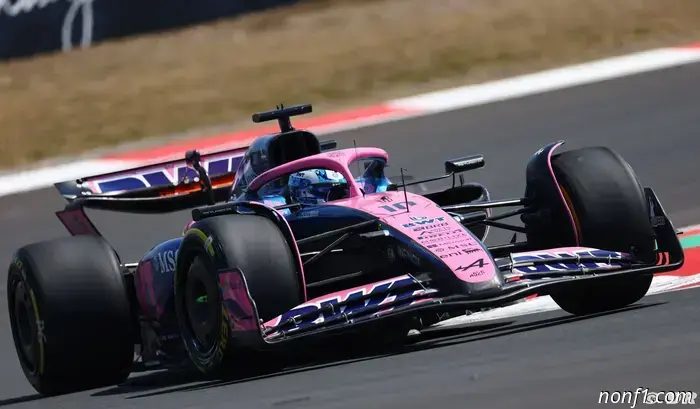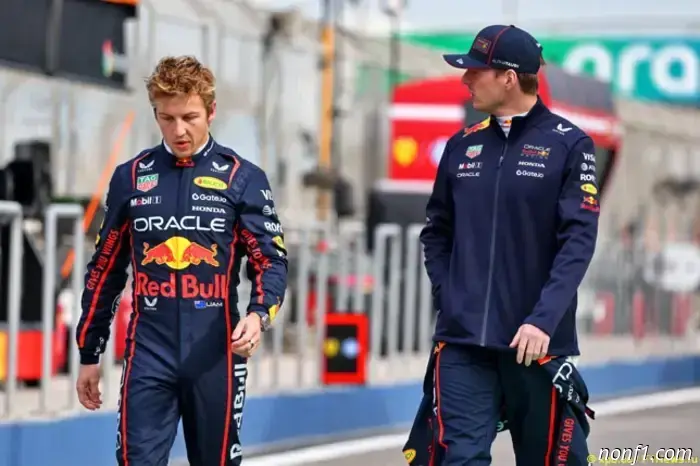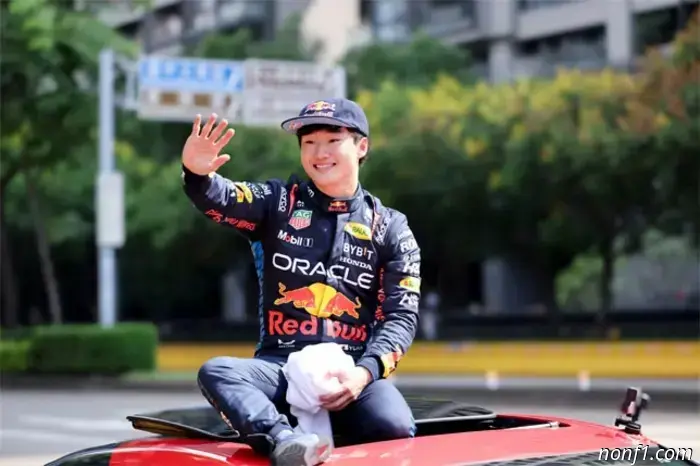
FIA reports that half of the grid implemented flexi-wing modifications.
The most notable adjustments for Alpine and Haas F1
A significant portion of the Formula 1 grid had to implement rear wing adjustments due to a further FIA crackdown on excessive flexibility that took effect from the Shanghai race. Some teams, like McLaren—accused of cleverly designing their wings to pass FIA tests while creating a 'mini DRS' effect at high speeds—claimed that no changes were necessary following the Chinese Grand Prix. However, reports indicated that Alpine and Haas made the most substantial modifications.
FIA single-seater director Nikolas Tombazis stated, "Four out of five teams had cars that did not comply with the new standards." In China, the FIA mandated the installation of high-definition cameras on all cars during free practice to assess flexibility beyond static scrutineering tests. "There are no remaining questions at this point," Tombazis remarked, "but we will keep using cameras. We combine the results of load tests and camera data to ensure we don’t overlook any tricks. Currently, the FIA is satisfied with the teams' efforts to restrict rear wing flex.
Nonetheless, we recognize that teams are continuously seeking to optimize their cars, and we must stay alert. Our perspective is that a car passing FIA tests is usually compliant, unless it contains hidden mechanisms or relies on non-linear material properties, temperature, or similar factors. In such instances, we take action."
Other articles
 Verstappen did not like the decision of the Red Bull management
The Red Bull management decided to transfer Liam Lawson from Red Bull Racing to the junior Racing Bulls team after only two stages of the new Formula 1 season. Judging by Max Verstappen's reaction on social media, he clearly did not like this development.
Verstappen did not like the decision of the Red Bull management
The Red Bull management decided to transfer Liam Lawson from Red Bull Racing to the junior Racing Bulls team after only two stages of the new Formula 1 season. Judging by Max Verstappen's reaction on social media, he clearly did not like this development.
 Official: Red Bull announces Tsunoda will take Lawson's place.
Formula 1 | After a challenging start to the season for Liam Lawson, Oracle Red Bull Racing has decided that beginning with the 2025 Japan GP, (…)
Official: Red Bull announces Tsunoda will take Lawson's place.
Formula 1 | After a challenging start to the season for Liam Lawson, Oracle Red Bull Racing has decided that beginning with the 2025 Japan GP, (…)
 Sauber and Edelweiss extended their contract
The Sauber team and the Swiss airline Edelweiss have announced the continuation of their cooperation.
Sauber and Edelweiss extended their contract
The Sauber team and the Swiss airline Edelweiss have announced the continuation of their cooperation.
 Tsunoda: I'm ready for the challenges that lie ahead!
Yuki Tsunoda does not hide his delight at the somewhat unexpected career rise...
Tsunoda: I'm ready for the challenges that lie ahead!
Yuki Tsunoda does not hide his delight at the somewhat unexpected career rise...
 Insiders reveal that Schumacher is unable to speak.
Formula 1 | A reliable insider has stated that Michael Schumacher can no longer communicate verbally. Felix Gorner, a journalist for the (…)
Insiders reveal that Schumacher is unable to speak.
Formula 1 | A reliable insider has stated that Michael Schumacher can no longer communicate verbally. Felix Gorner, a journalist for the (…)
 'Composed' Toto Wolff will not participate in Suzuka.
Formula 1 | Supporters of Toto Wolff should not expect to see the Mercedes team principal and co-owner at Suzuka. The Austrian confirmed, "It’s true, I won’t be in Japan."
'Composed' Toto Wolff will not participate in Suzuka.
Formula 1 | Supporters of Toto Wolff should not expect to see the Mercedes team principal and co-owner at Suzuka. The Austrian confirmed, "It’s true, I won’t be in Japan."
FIA reports that half of the grid implemented flexi-wing modifications.
Formula 1 | Fifty percent of the entire Formula 1 grid had to adjust their rear wings due to a new FIA crackdown on excessive flexibility that took effect from (…)
